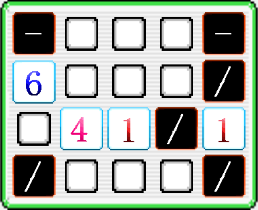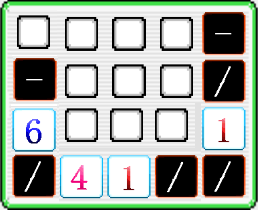- Home /
Why won't my blocks fall?
In my grid-based blocks game I had trouble with the falling code for the game's blocks.
Here's the code snippet:
void Update()
{
for (int i = (int)transform.position.y; i >= 0; i--)
{
if (transform.position.y >= 0 && SpawnBlocks.allBlocks[(int)gameObject.transform.position.x, i] == null)
{
StartCoroutine(LerpPosition(new Vector2(transform.position.x, i), 1));
}
}
}
IEnumerator LerpPosition(Vector2 targetPosition, float duration)
{
float time = 0;
Vector2 startPosition = transform.position;
while (time < duration)
{
transform.position = Vector2.Lerp(startPosition, targetPosition, time * duration);
time += Time.deltaTime;
yield return null;
}
transform.position = targetPosition;
SpawnBlocks.allBlocks[(int)transform.position.x, (int)transform.position.y] = gameObject;
gameObject.name = "(" + transform.position.x.ToString() + "," + transform.position.y.ToString() + ")";
}
Each block checks through a list to see whether there is a block beneath it. If there isn't, then it should smoothly lerp down that many blocks to fill it in.
There are three problems occurring however:
Blocks do not fall down to the lowest row
Even after one block has fallen down, blocks above that block in the same column won't go down and will be stuck up there.
If there is only a single space between blocks, then the block above will only move .016694 rather than a full 1
Instead of actually Lerping, blocks would just appear at the space beneath.
I do not know why the blocks act like this.
Here's an example pic of what is happening: 
And here's an edited version showing what should happen: 
Answer by DrTomato · Mar 30, 2021 at 06:12 PM
Your use of Lerp is incorrect. The third parameter, where you have passed in timeElapsed needs to a value between 0 and 1. You can think of it as a percentage of the required movement. At 0 the position will at the start (initPos). At 1 the position given will be the object final position (targetPos). At 0.5 it will be exactly halfway between initPos and targetPos. In your sample, you declare a float variable and set it to zero each time you iterate in your loop, and then add Time.deltaTime * 4 (or roughly the time taken for 4 frames) so you will always get a small number for your timeElapsed (close to 0) , resulting in a position very near to initPos.
I don't know how the code you supplied is being called but I find Lerp is easiest to use in a coroutine. There are some examples of how it is used here https://gamedevbeginner.com/the-right-way-to-lerp-in-unity-with-examples/#lerp_examples
However, even when I have changed the code to be a coroutine (code update above), blocks still lerp to a position very near initPos but not exactly. Moreover, now blocks begin to fall into each other rather than stand on top of.
UPDATE: I was able to make the blocks fall down now, but if there is a block above any other block, they fall into each other.
Your answer

Follow this Question
Related Questions
Lerp is not moving 2D Prefab over time. 2 Answers
Lerp not moving 2D object correctly 1 Answer
Lerping in 2D 1 Answer
Seeking tutorial for bejeweled -like game? 1 Answer
How to have a grid detect which square a player is in, in unity 2D 1 Answer
